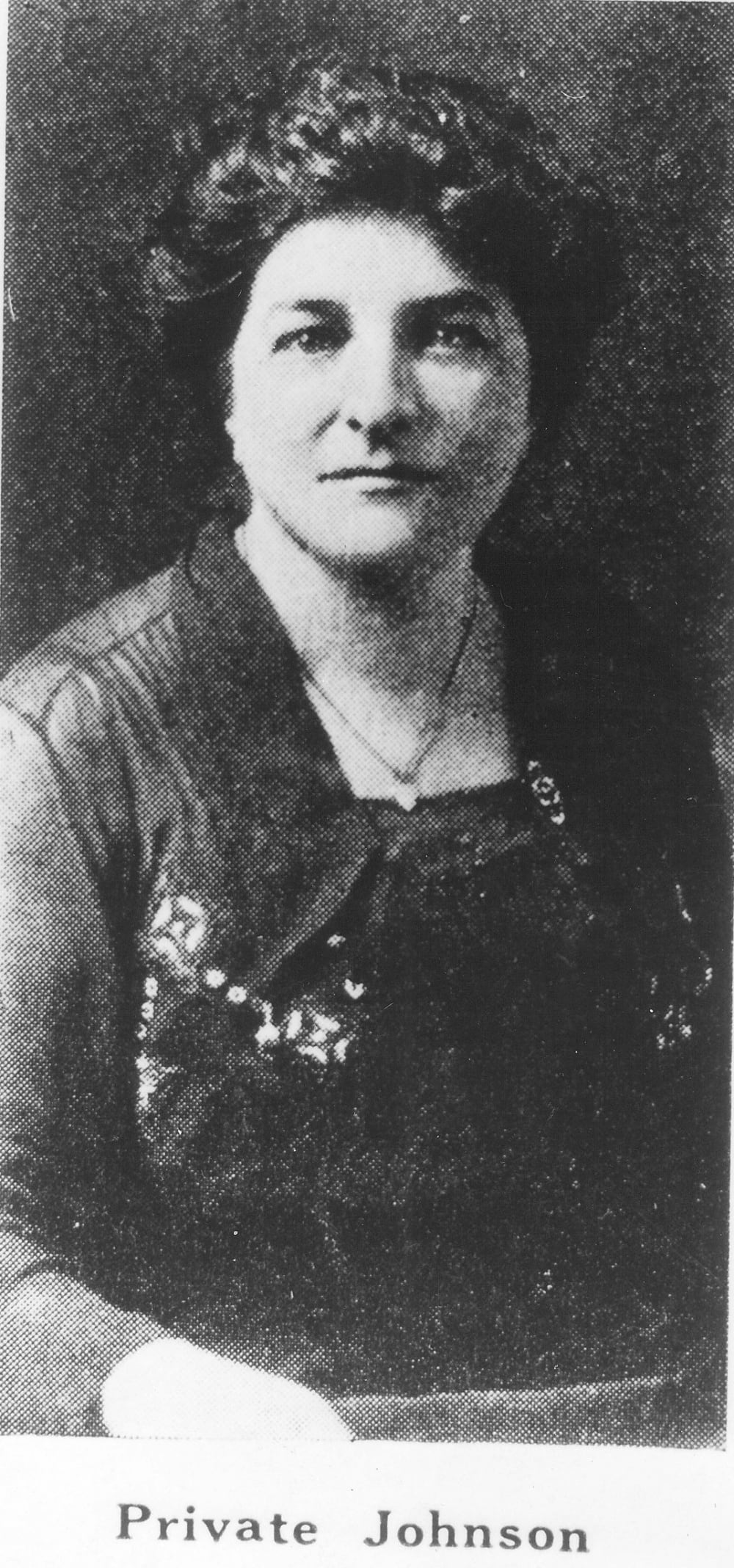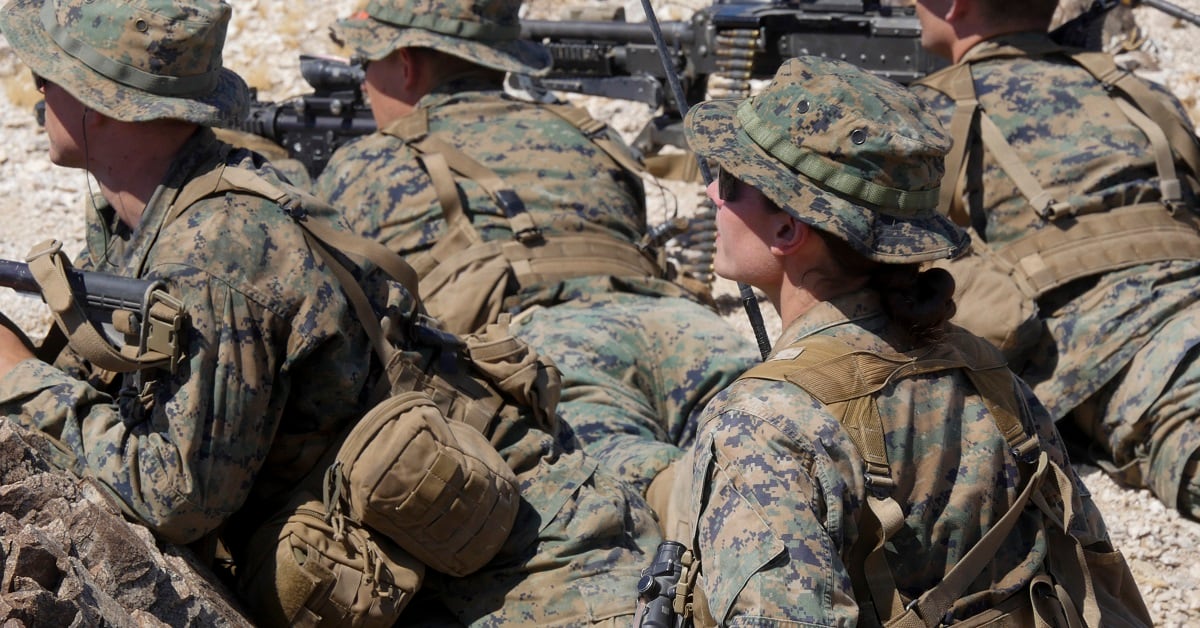Thirteen weeks of Marine Corps boot camp will etch the name Opha May Johnson into the brain housing groups of every recruit who has ever stood on the iconic yellow footprints.
Dozens, maybe hundreds, of “First female Marine!” call-outs from drill instructors, followed by the inevitable “Sir/Ma’am, the first female Marine was Opha May Johnson, sir/ma’am!” response from recruits ensure those memories will never fade.
Johnson enlisted in the United States Marine Corps as a 39-year-old on Aug. 13, 1918, two years before women were able to vote. About 300 other women joined the Corps' ranks that day, but because she was first in line, Johnson’s name has endured as a legend of Marine Corps history.
Born Opha May Jacob in Kokomo, Indiana, Johnson left her home state with her husband, Victor, when he was named the orchestra director at Lafayette Square Opera House.
Shortly after the couple arrived in Washington, D.C., scores of men began shipping out overseas for the war, resulting in a glaring personnel shortage on the home front. The Marine Corps responded by putting out a call for help for women volunteers, and Johnson responded.
The first female Marines trained like their male counterparts, much to the chagrin of their drill instructors and other male Marines, who, according to Linda L. Hewitt’s book, “Women Marines in World War I,” dismissed the women’s accomplishments while frequently referring to them as “Marinettes.”
When the female Marines first visited Quantico, one male Marine commented, “This is a fallen outfit when they start enlisting skirts," according to Hewitt’s book.
Women in the ranks responded to the criticism accordingly.
“Isn’t it funny the minute a girl becomes a regular fellow somebody always tries to queer it by calling her something else?" one female Marine wrote in a letter included by Hewitt. “Well, anybody that calls me anything but ‘Marine’ is going to hear from me.”

Once she completed training, Johnson took a job as a clerk at Headquarters Marine Corps in Arlington, Virginia, where she worked until the Marine Corps, like other services, disenrolled women from its ranks at the war’s end.
After leaving the service, Johnson remained a strong advocate for women until she died on Aug. 11, 1955. Her funeral services were held two days later on the 37th anniversary of her historic enlistment.
Johnson and the women who enlisted that day paved the way for other females who have since worn the eagle, globe and anchor.
RELATED

“As the barriers have really gone away, it’s fun to watch women be able to walk through those doors and just perform,” said Lt. Gen. Lori Reynolds, deputy commandant of information, in a video celebrating a centennial of women in the Corps. “I think what women are after and what they’ve always asked for is, ‘Just be judged on my performance. Just let me go do my job. I don’t want to be the best woman in the room — I want to be the right Marine for the job.'”
Earlier this month, it was announced that 1st Lt. Marina A. Hierl became the first woman to lead an infantry platoon when she took command of Echo Company, 2nd Battalion, 4th Marines.
“I wanted to do something important with my life,” Hierl told the New York Times. “I wanted to be part of a group of people that would be willing to die for each other. I wanted to lead a platoon. I didn’t think there was anything better in the Marine Corps I could do.”
Now, 100 years after Johnson took the oath, Hierl is part of the ever-expanding list of female Marines who continue to defy limitations instituted by previous generations. Leadership is taking notice.
“You’ve left a great legacy, as all Marines have, in war and in peace," Marine Corps Commandant Gen. Robert Neller said in a news release. "Thanks for being loyal to our Corps and our country. I really, really appreciate your service. Semper Fidelis.”
J.D. Simkins is the executive editor of Military Times and Defense News, and a Marine Corps veteran of the Iraq War.




